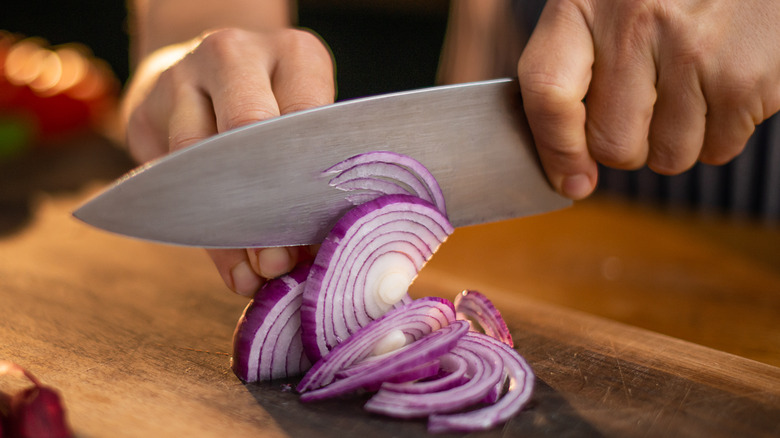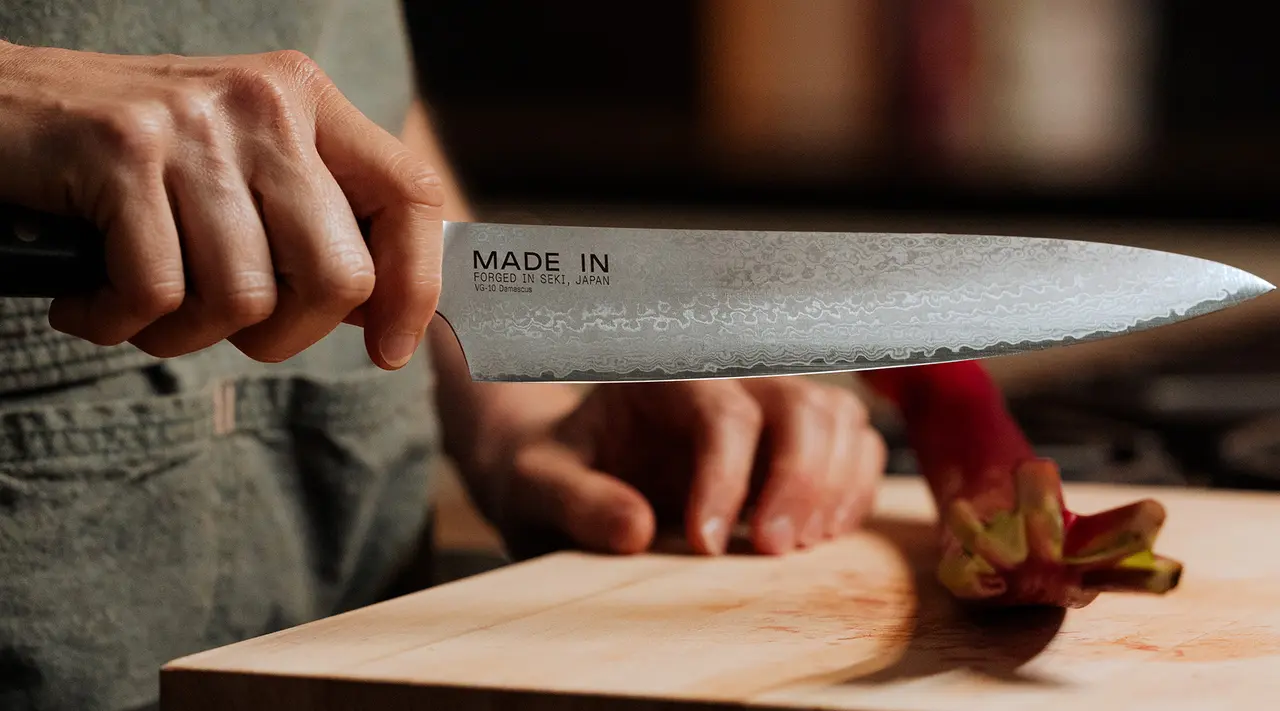In the world of culinary arts, the German fillet knife stands out as a quintessential tool for kitchen professionals. Renowned for its precision and craftsmanship, this knife is an indispensable asset for chefs who aim to perfect their filleting skills. When considering the versatility and efficiency of a knife, professionals often turn to the German fillet knife as their top choice.
At the heart of every professional kitchen is the quest for excellence, and the German fillet knife plays a pivotal role in achieving that goal. Crafted with care, these knives are designed to provide unparalleled precision, making them ideal for intricate tasks such as filleting fish or slicing delicate cuts of meat. The expertise embedded in these knives is a reflection of Germany's rich heritage in producing top-quality cutlery.

Why Choose a German Fillet Knife?
When it comes to selecting the right tool for the job, the German fillet knife excels in several key areas. Known for their robust design and sharpness, these knives are crafted using high-carbon stainless steel, which ensures longevity and a sharp edge that withstands frequent use. The blade's flexibility allows for precise cuts, essential when dealing with delicate textures and intricate fillets.
For those who appreciate the artistry of culinary preparation, the German fillet knife offers a unique blend of form and function. The ergonomic design of the handle provides comfort and control, making it easier for chefs to perform repetitive motions without fatigue. Additionally, the balance of the knife is meticulously engineered, allowing for seamless transitions between different cutting techniques.
Understanding the Craftsmanship
The art of knife-making in Germany is a tradition that dates back centuries. With cities like Solingen, often referred to as the 'City of Blades', Germany has cemented its reputation as a leader in cutlery production. The legacy of Solingen is a testament to the quality and durability that German knives are known for.
German fillet knives are typically forged from a single piece of steel, ensuring strength and resilience. The blades undergo a meticulous tempering process, which enhances their hardness and resistance to corrosion. This attention to detail is what makes German knives a preferred choice for kitchen professionals across the globe.
How to Maintain Your German Fillet Knife
Maintaining the sharpness and condition of your German fillet knife is crucial for optimal performance. Regular honing and proper storage are essential practices that every chef should adopt. It's recommended to use a sharpening stone or a honing rod to keep the edge of the knife finely tuned.
For those interested in the nuances of knife care, the Wsthof guide offers valuable insights into cleaning and maintaining your knives. Ensuring your knife is clean and dry after each use will prevent rust and extend its lifespan.
Comparing German and Japanese Knives
While both German and Japanese knives are celebrated for their craftsmanship, they cater to different culinary styles. German knives are known for their versatility and durability, making them ideal for a wide range of tasks. On the other hand, Japanese knives are often lighter and designed for precision tasks.
For a deeper understanding of the differences between these two styles, the German vs. Japanese knives article provides a comprehensive comparison that can help chefs make an informed choice based on their cooking needs.

Integrating the German Fillet Knife Into Your Culinary Arsenal
For kitchen professionals looking to expand their collection of culinary tools, the German fillet knife is an investment that pays off in precision and performance. Its ability to handle delicate tasks with ease makes it a versatile addition to any kitchen.
Incorporating insights from experts and experienced chefs, we find that a well-maintained German fillet knife enhances the cooking experience. By understanding the nuances of its design and maintenance, chefs can elevate their culinary creations to new heights.
For those interested in exploring other types of knives, the reasons why chefs love German knives offer further insights into the benefits of choosing German craftsmanship for your kitchen needs.
FAQ Section
What makes the German fillet knife superior to other knives?
The German fillet knife is celebrated for its precision, durability, and ergonomic design. Its high-carbon stainless steel blade ensures longevity, while its flexibility allows for precise cuts, making it ideal for filleting fish and delicate meats.
How should I care for my German fillet knife?
Regular honing and proper storage are essential for maintaining the sharpness and condition of your German fillet knife. It's important to clean and dry the knife after each use to prevent rust and extend its lifespan.
Can I use a German fillet knife for tasks other than filleting?
Yes, the German fillet knife is versatile and can be used for a variety of tasks beyond filleting, such as slicing vegetables and delicate cuts of meat. Its design allows for precision in a wide range of culinary applications.


























